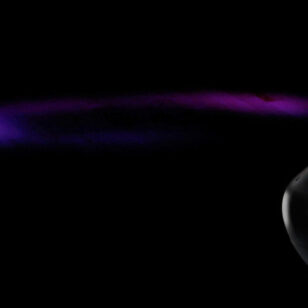Key board switches, or keyswitches as the industry call them, have become somewhat of trend as of late. Most of us have used a keyboard, some of us have thought about what makes a keyboard appealing, and probably fewer have really thought about how a keyboard works and why it feels the way it does. Keyboard customization and small batch manufacturing have given light to a great number of choices within the keyswitch market. This trend or fad, dare I say, has gotten to the point that humans are making artwork based on keyswitches.
In this sensor report I will attempt to make a physical device that shows the physical interface between both the user and the electronics of a keyswitch. As well as addressing the common misconceptions, uses, basic technology, and the steadily growing number of manufacturers.
There are many different types of keyswitches so many so that there is very robust resource located at https://deskthority.net/, here you find lots information about keyboards in general and even information on modding however, what is missing is very specific information regarding how to use the keyswitch outside of normal use cases. The keyswitch itself is such an interesting component with a varied array of feel, form factor, and electrical requirements its very easy to see that there are many more uses than just a keyboard. In doing this sensor report my hope is that others will see what “outside-of-the-board” thinking looks like in regard to keyswitches.
This post is the first in a multi-part series about the keyswitch. The series will document research, testing, and fabrication for a device that will live on the ITP floor at NYU. Ideas and comments are welcome and I will try to incorporate as many suggestions as possible.
For now I will leave you with a images showing some types of keyswitches.












